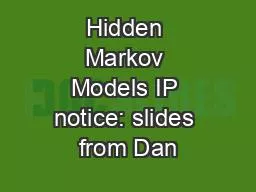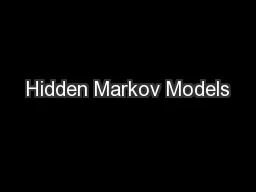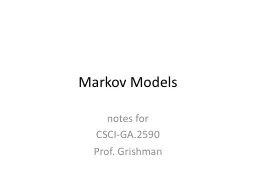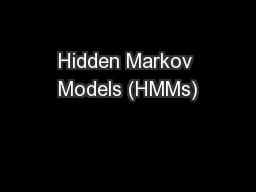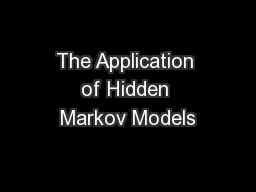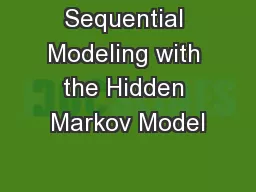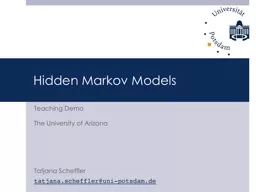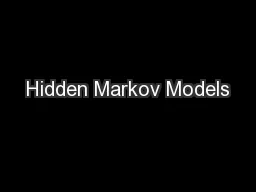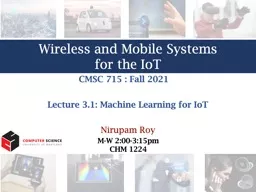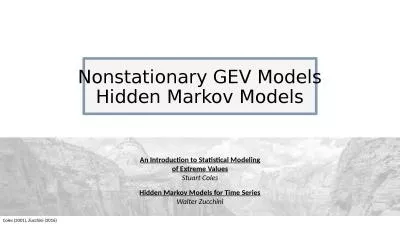PPT-Hidden Markov Models IP notice: slides from Dan
Author : funname | Published Date : 2020-06-22
Jurafsky Outline Markov Chains Hidden Markov Models Three Algorithms for HMMs The Forward Algorithm The Viterbi Algorithm The BaumWelch EM Algorithm Applications
Presentation Embed Code
Download Presentation
Download Presentation The PPT/PDF document "Hidden Markov Models IP notice: slides f..." is the property of its rightful owner. Permission is granted to download and print the materials on this website for personal, non-commercial use only, and to display it on your personal computer provided you do not modify the materials and that you retain all copyright notices contained in the materials. By downloading content from our website, you accept the terms of this agreement.
Hidden Markov Models IP notice: slides from Dan: Transcript
Download Rules Of Document
"Hidden Markov Models IP notice: slides from Dan"The content belongs to its owner. You may download and print it for personal use, without modification, and keep all copyright notices. By downloading, you agree to these terms.
Related Documents

